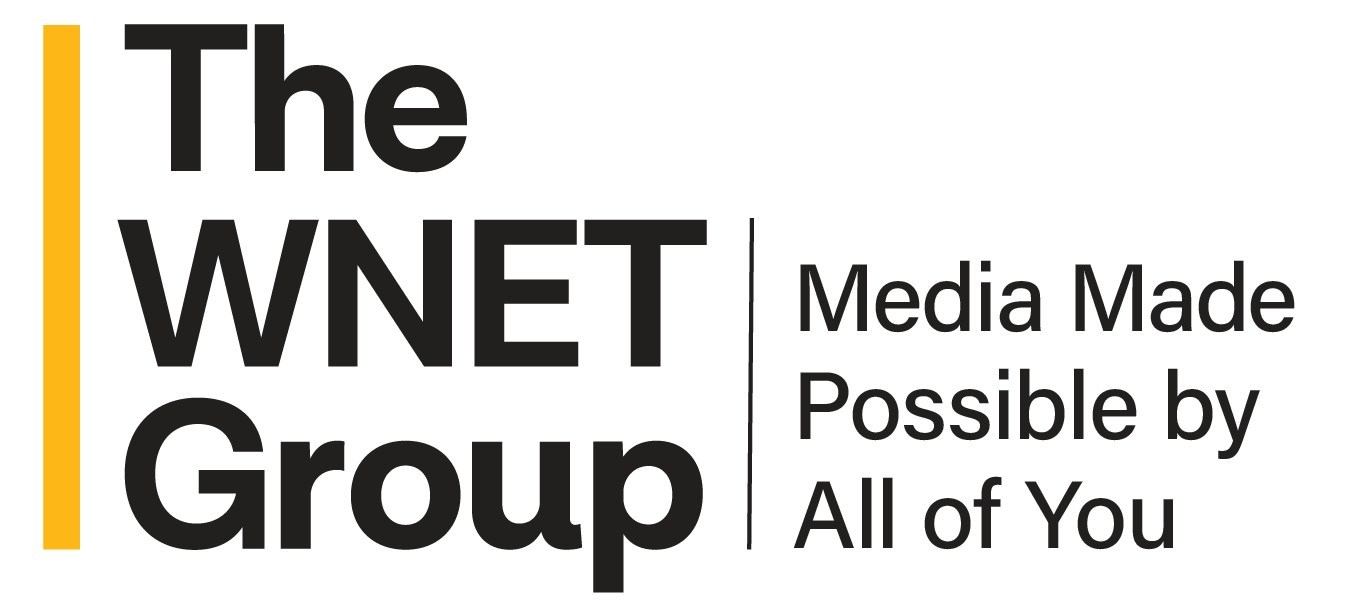‘Candidate’ Mobile DTV Standard Approved
The Advanced Television Systems Committee has upped its anxiously awaited mobile/handheld standard (ATSC M/H) to Candidate Standard status, another benchmark in the journey to deployment of actual mobile DTV standard.
It includes a highly robust transmission system based on vestigial sideband (VSB) modulation coupled with a flexible and extensible IP-based transport, efficient MPEG AVC (H.264) video and HE AAC v2 audio (ISO/IEC 14496-3) coding, ATSC said Wednesday.
The Candidate Standard provides a flexible application framework for running software on receivers, ATSC said. This will enable new interactive services on Web-connected receiving devices, potentially letting viewers buy, vote or communicate back to TV stations using mobile devices.
The Candidate Standard stage of ATSC standards development is an explicit call for implementation and technical feedback, the committee said.
"ATSC Mobile DTV will allow broadcasters to leverage the wireless and local nature of their DTV transmission" said ATSC President Mark Richer in a statement. "Broadcasters will be able to provide new compelling services to consumers utilizing a wide array of wireless receiving devices including mobile phones, small handheld TVs, laptop computers and in-vehicle entertainment systems. Many of these devices will utilize existing ubiquitous technologies to provide a return channel for true interactive applications."
The architecture of the Candidate Standard will make terrestrial broadcasting an important segment of the Internet, said Glenn Reitmeier, chairman of the ATSC Board of Directors.
The ATSC Specialist Group on Mobile & Handheld, chaired by Mark Aitken, director of advanced technology for the Sinclair Broadcast Group, evaluated the proposals and drafted the standard.
The Candidate Standard consists of eight parts:
•Part 1 – Mobile/Handheld Digital Television System
•Part 2 – RF/Transmission System Characteristics
•Part 3 – Service Multiplex and Transport Subsystem Characteristics
•Part 4 – Announcement
•Part 5 – Presentation Framework
•Part 6 – Service Protection
•Part 7 – Video System Characteristics
•Part 8 – Audio System Characteristics
Get the TV Tech Newsletter
The professional video industry's #1 source for news, trends and product and tech information. Sign up below.
